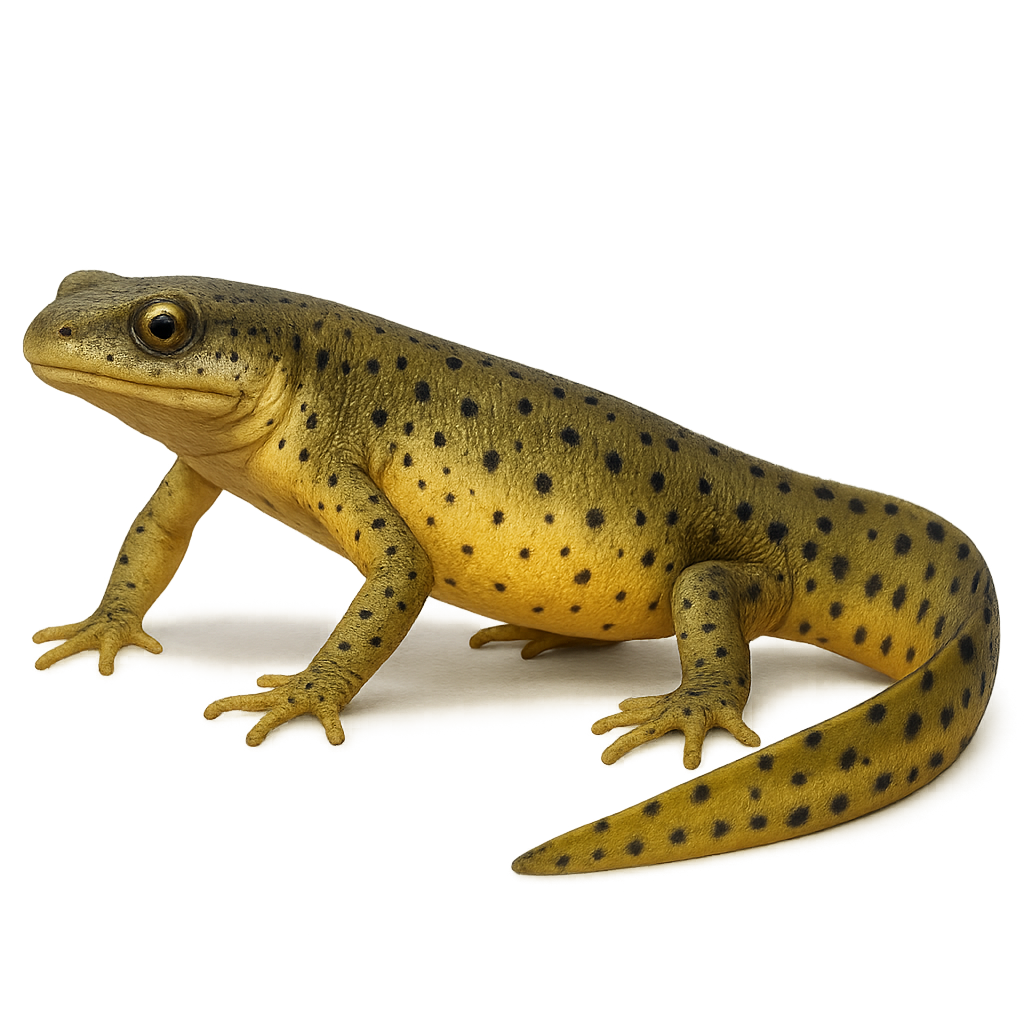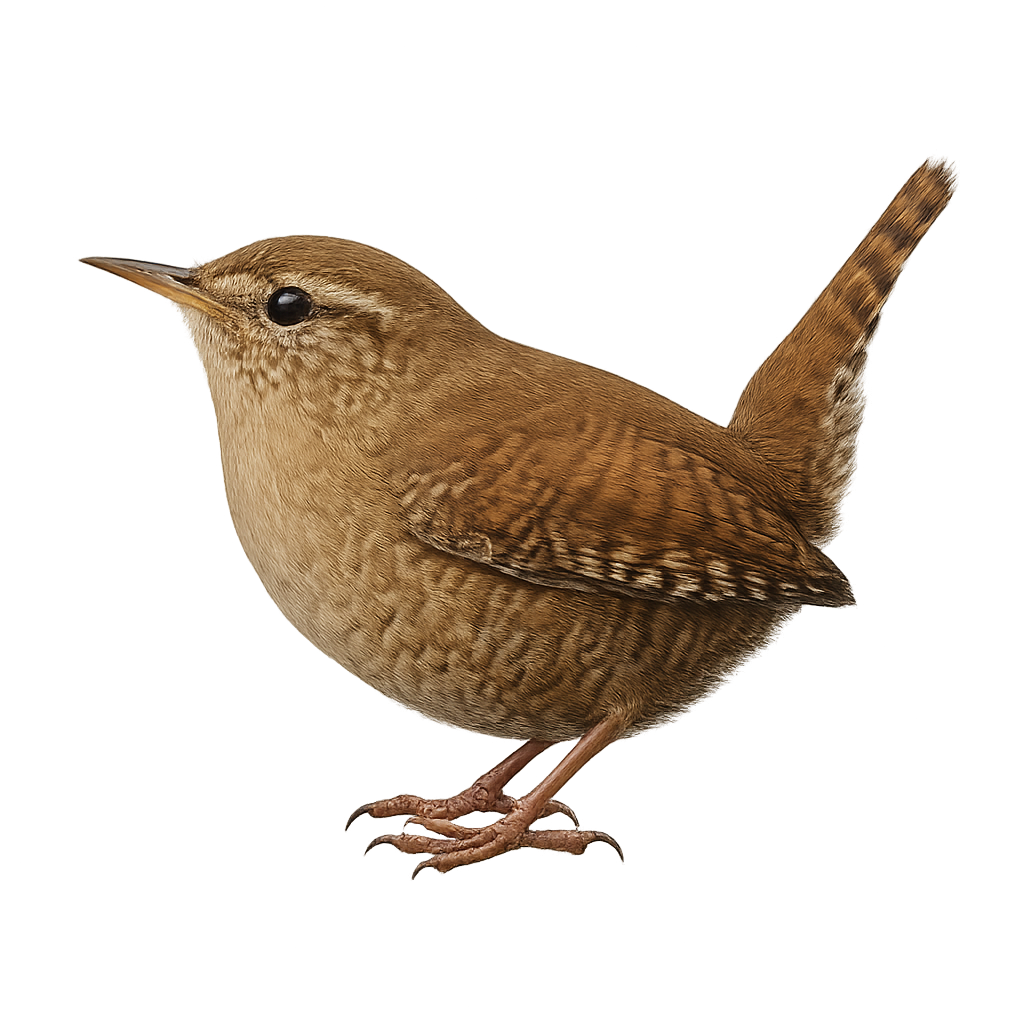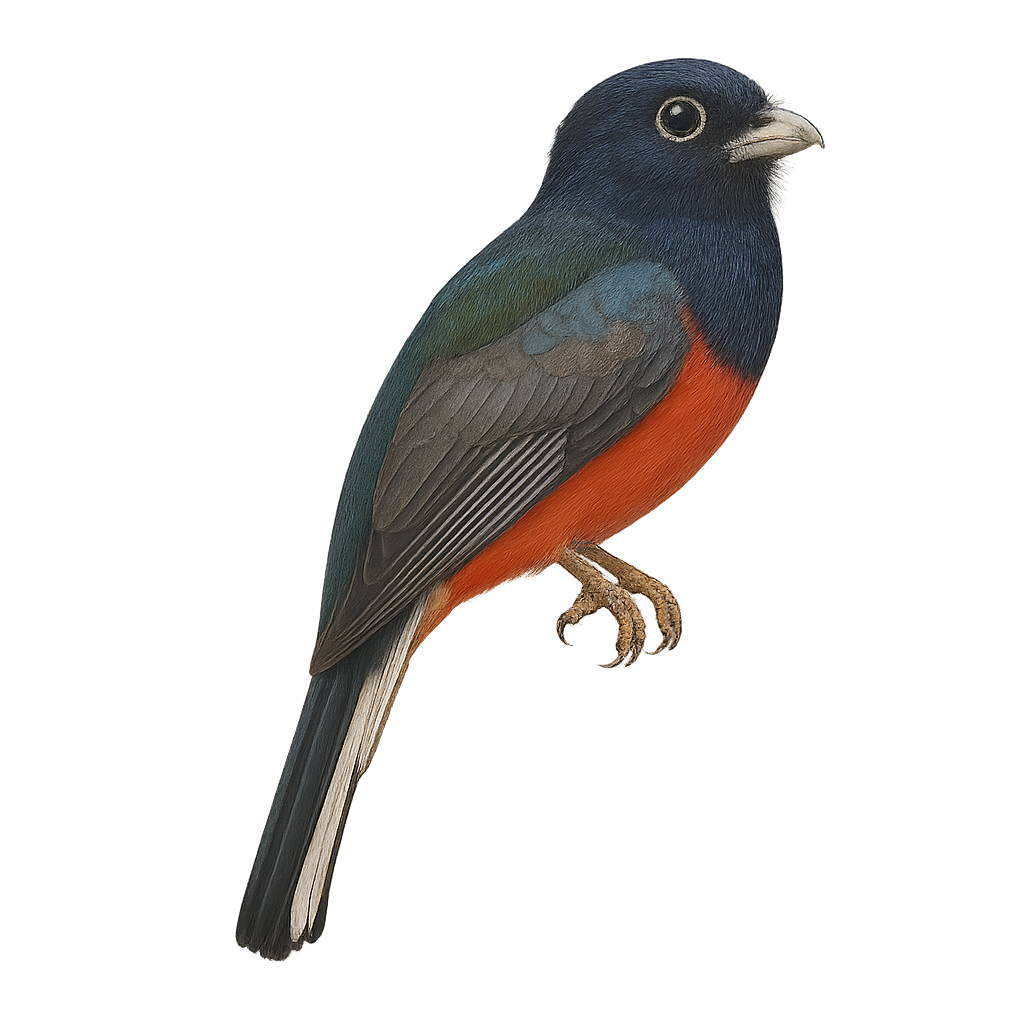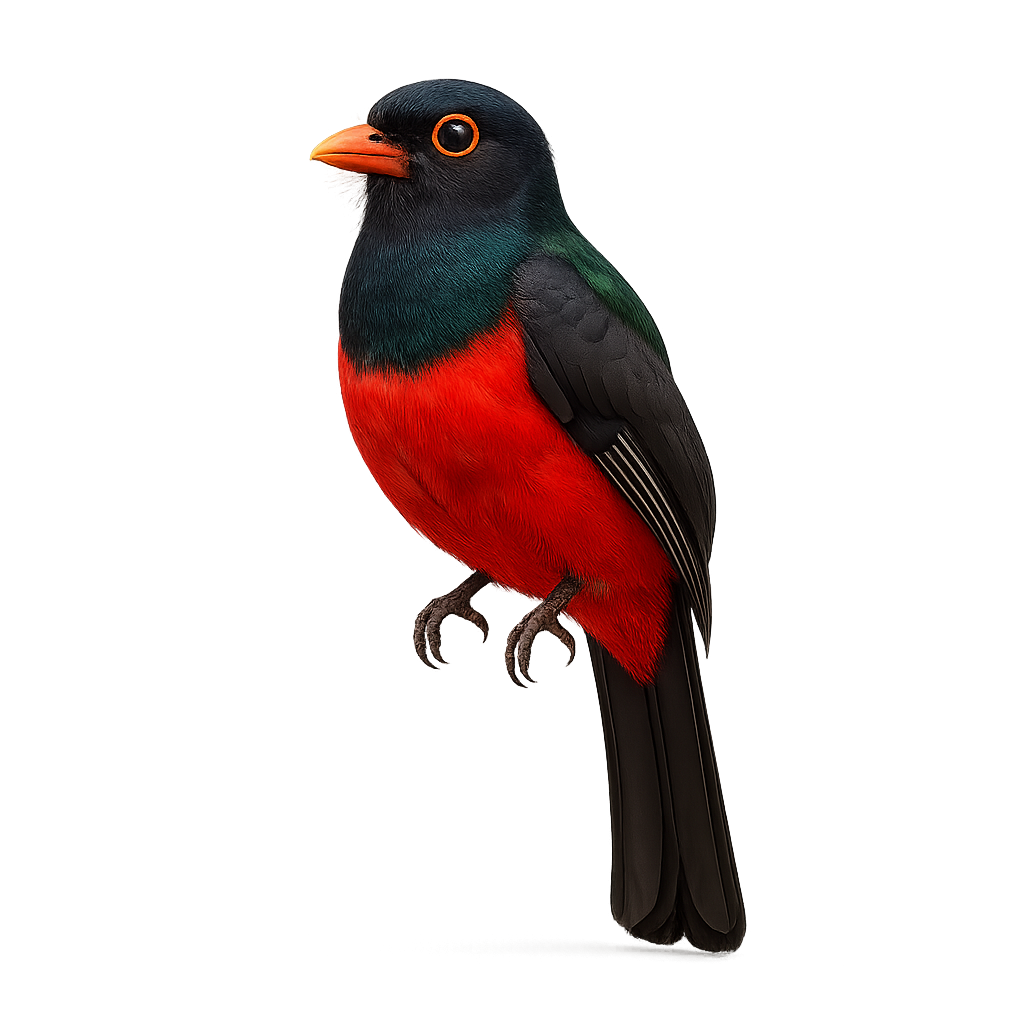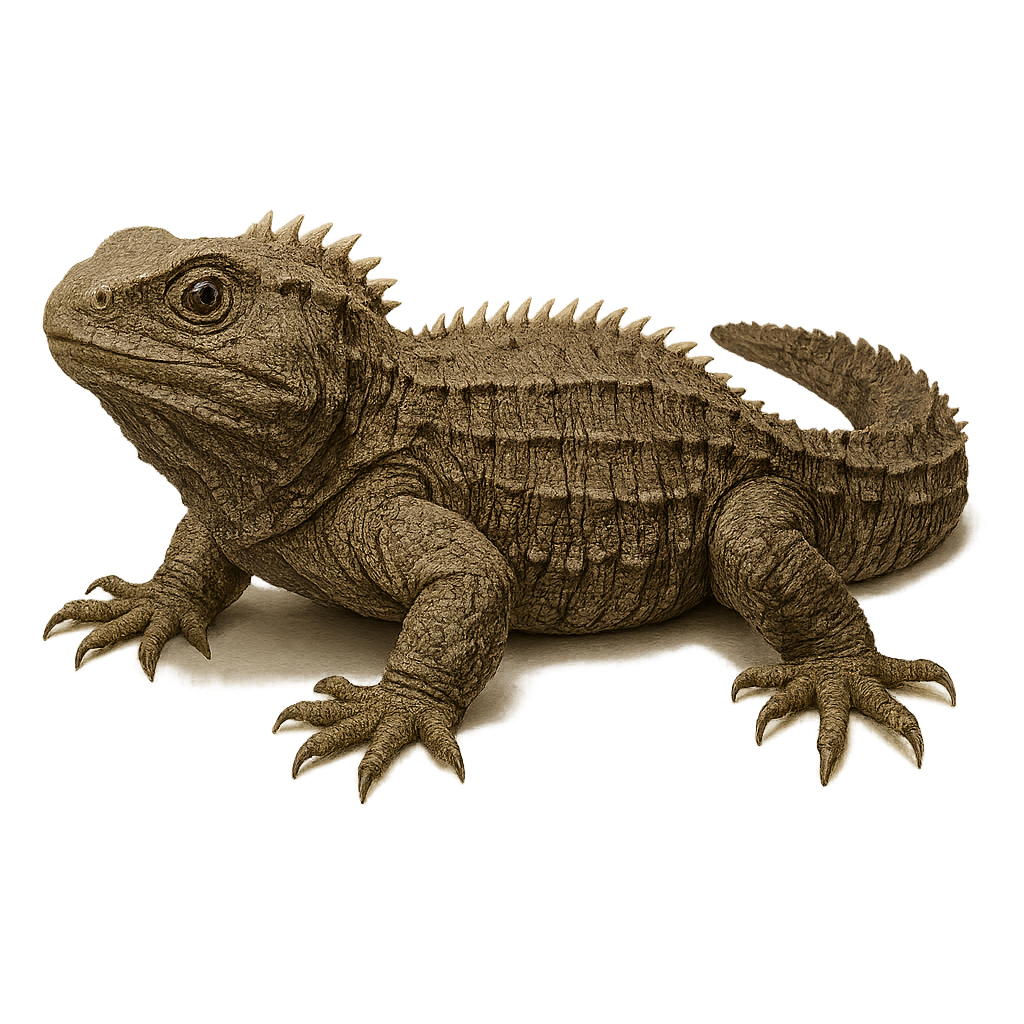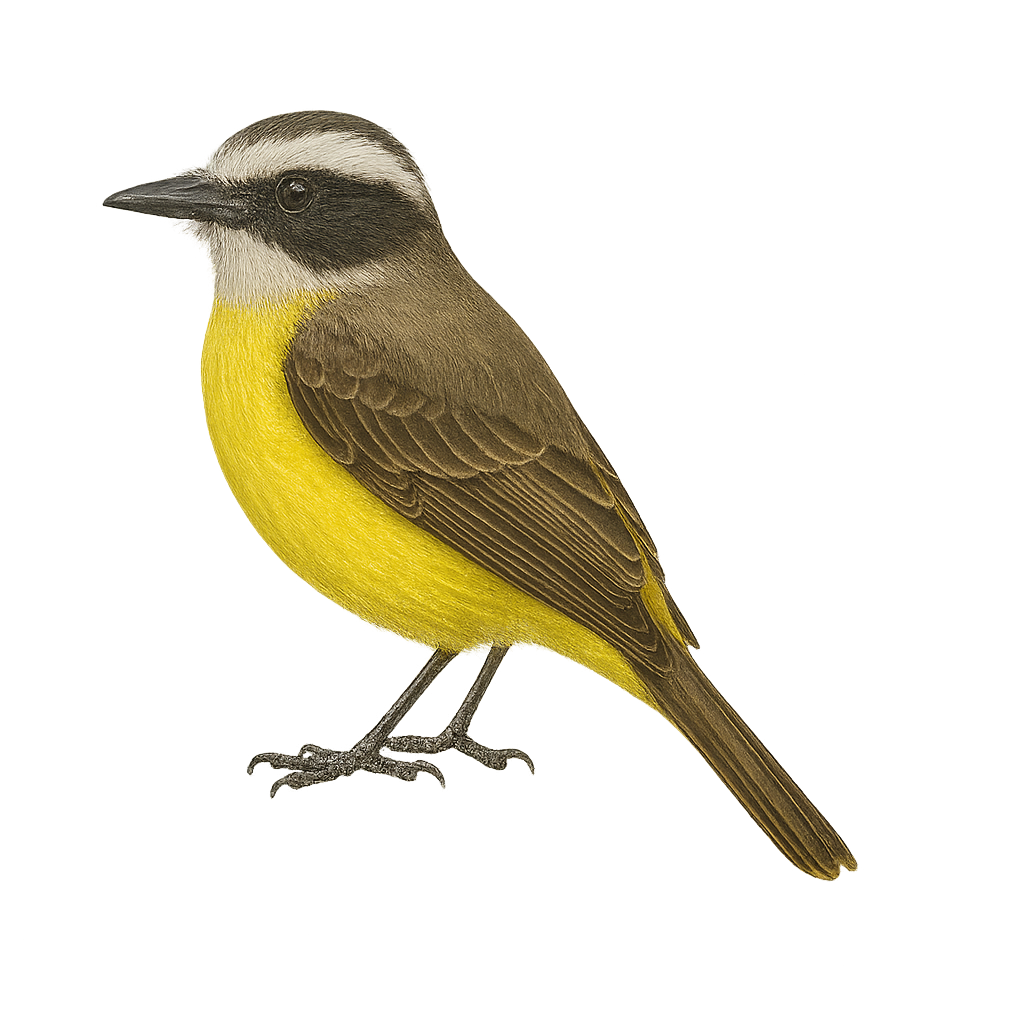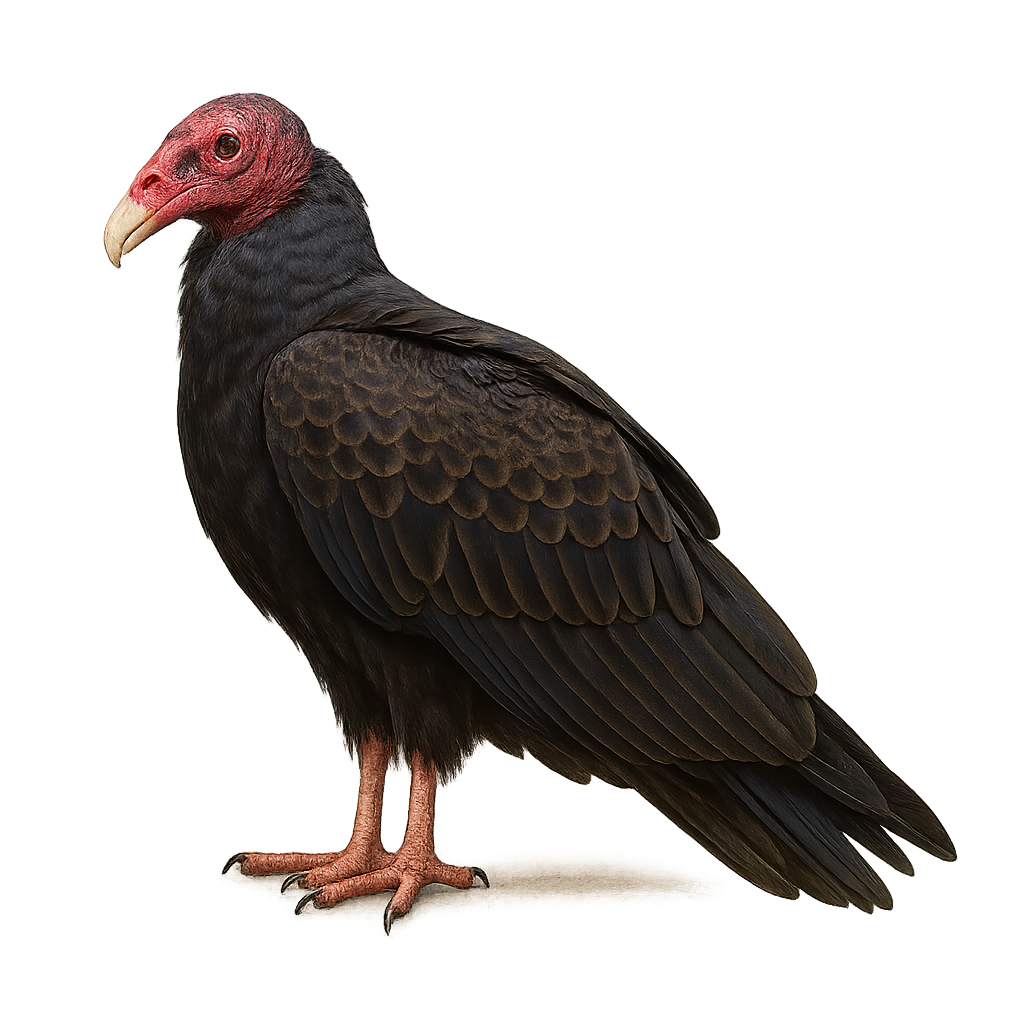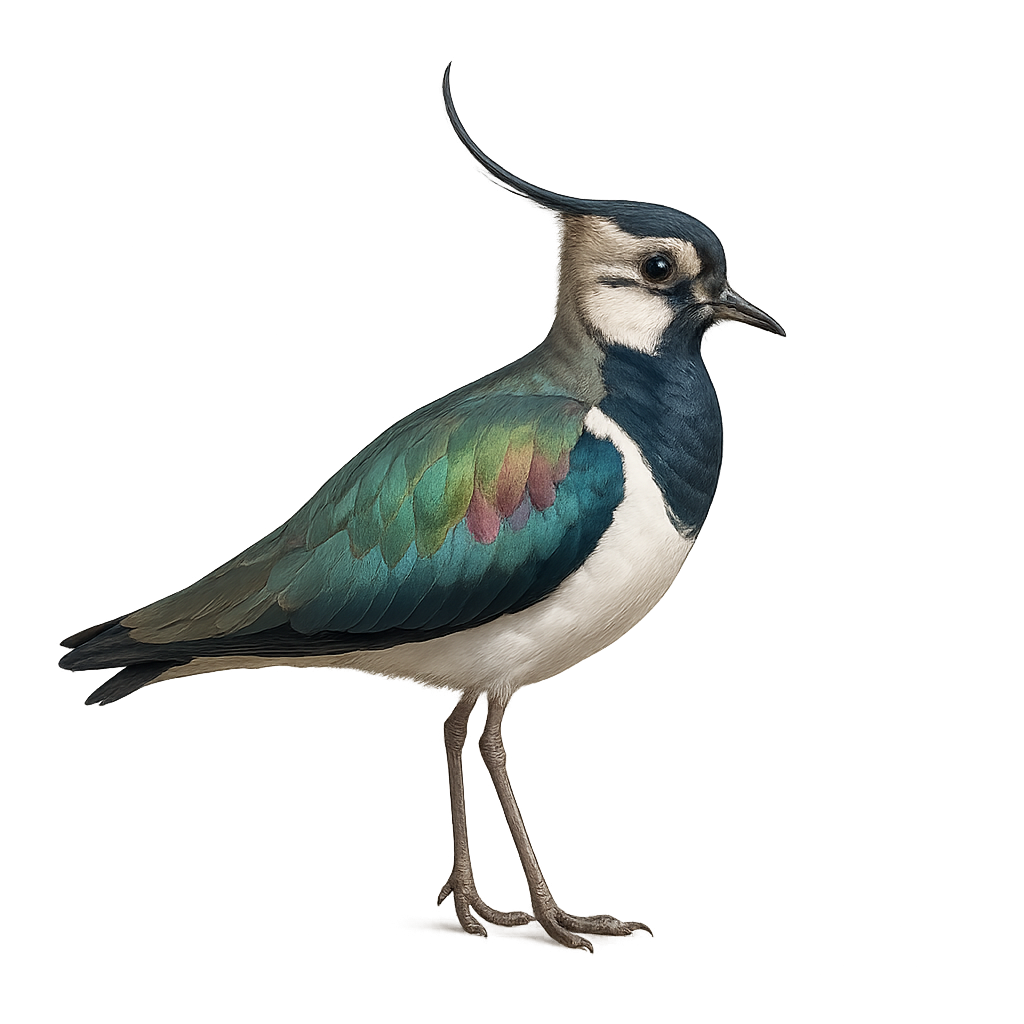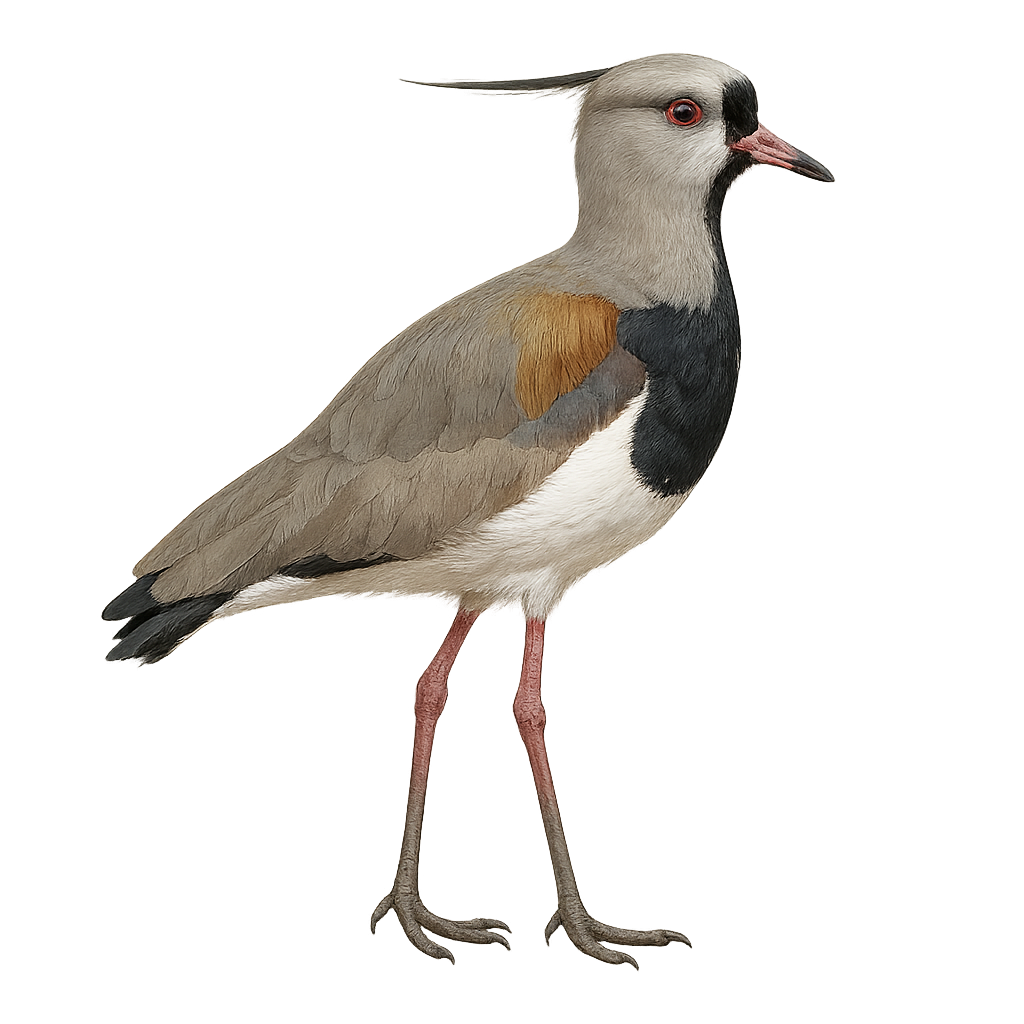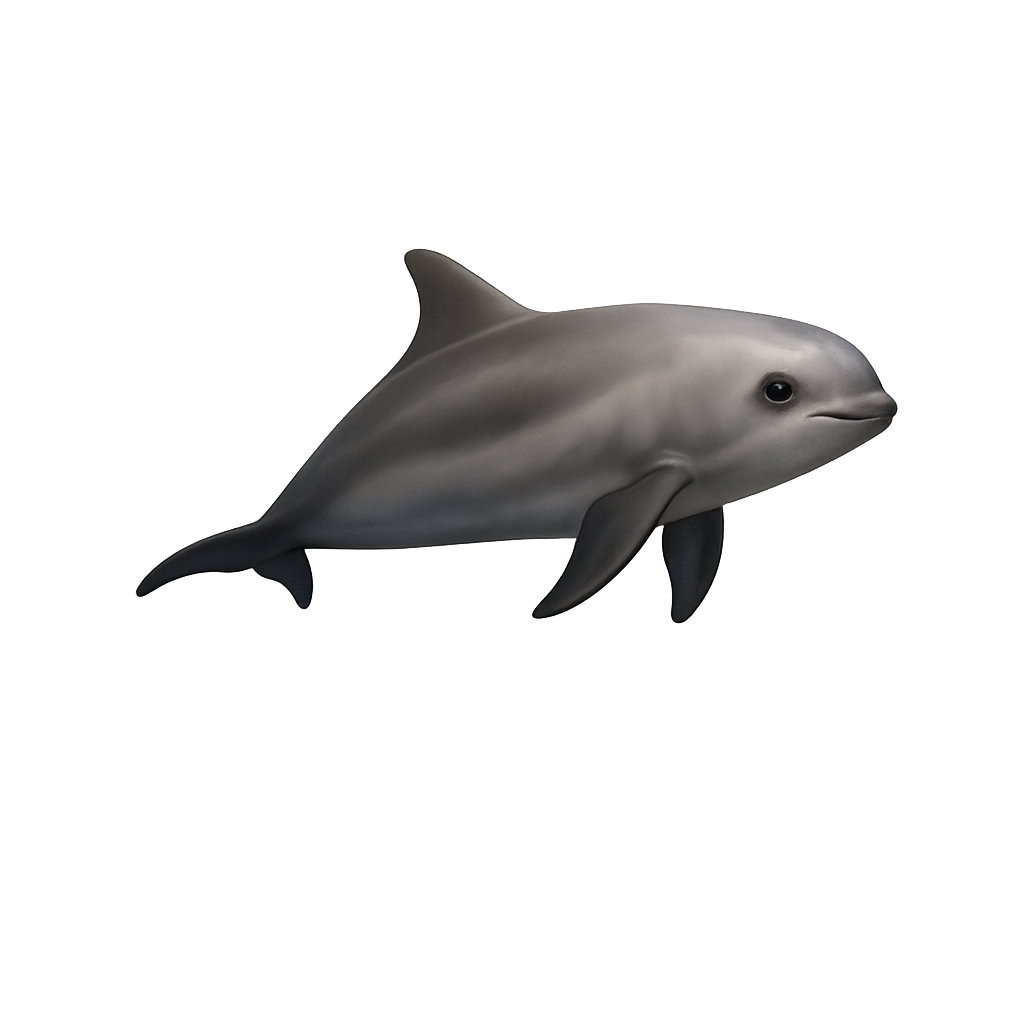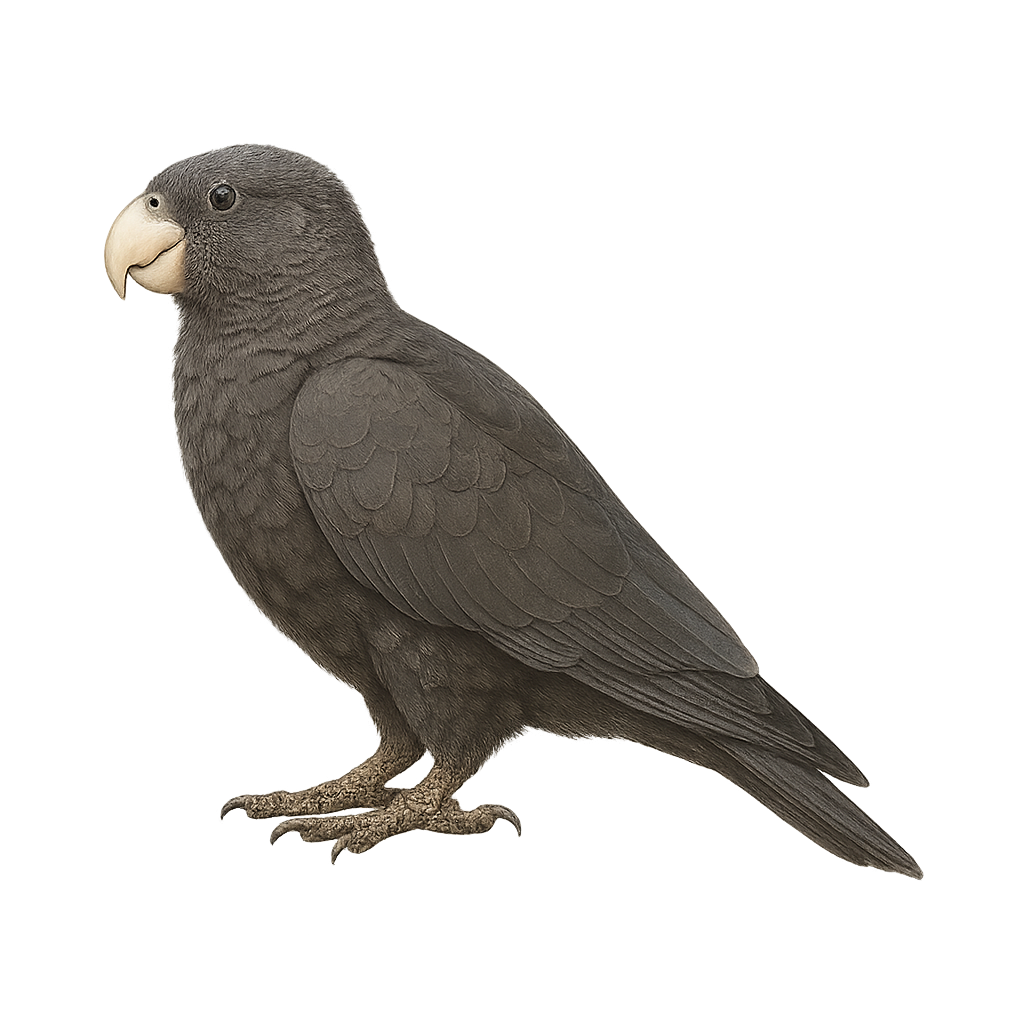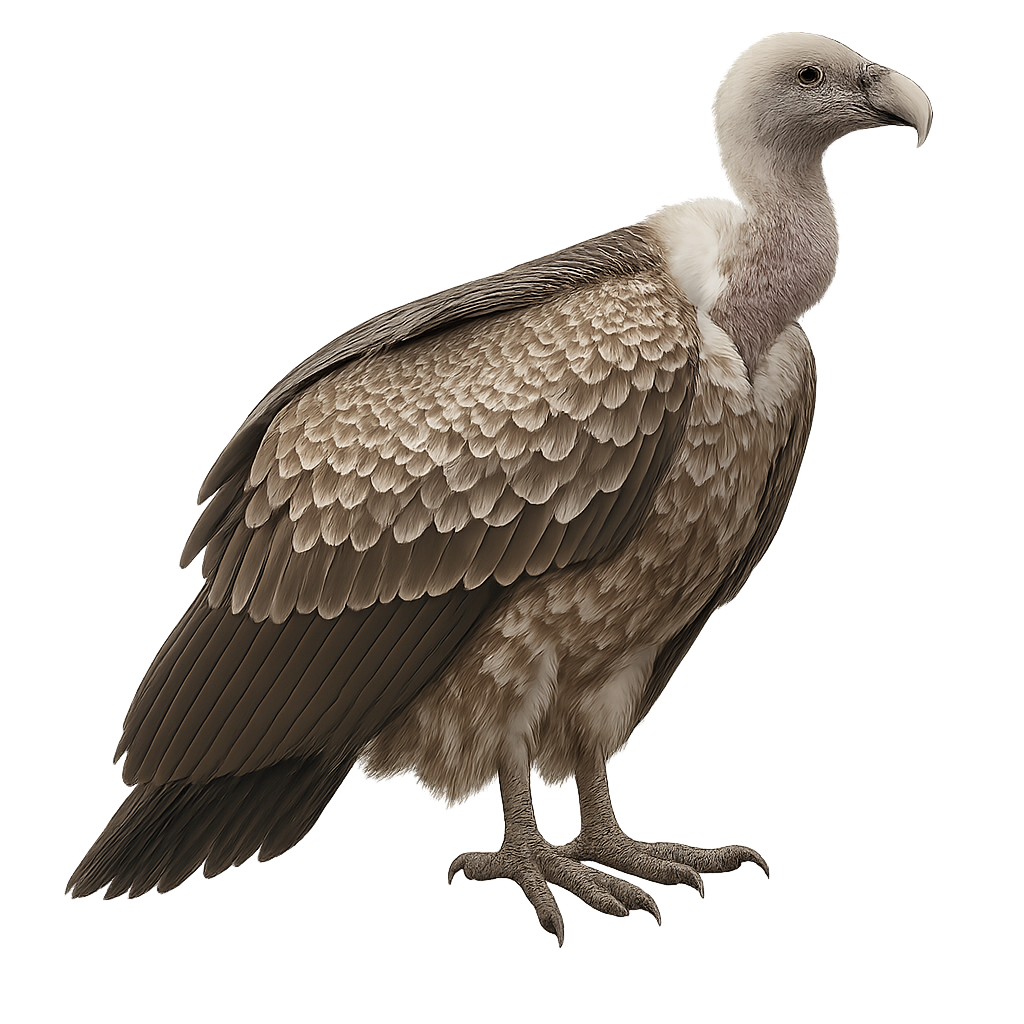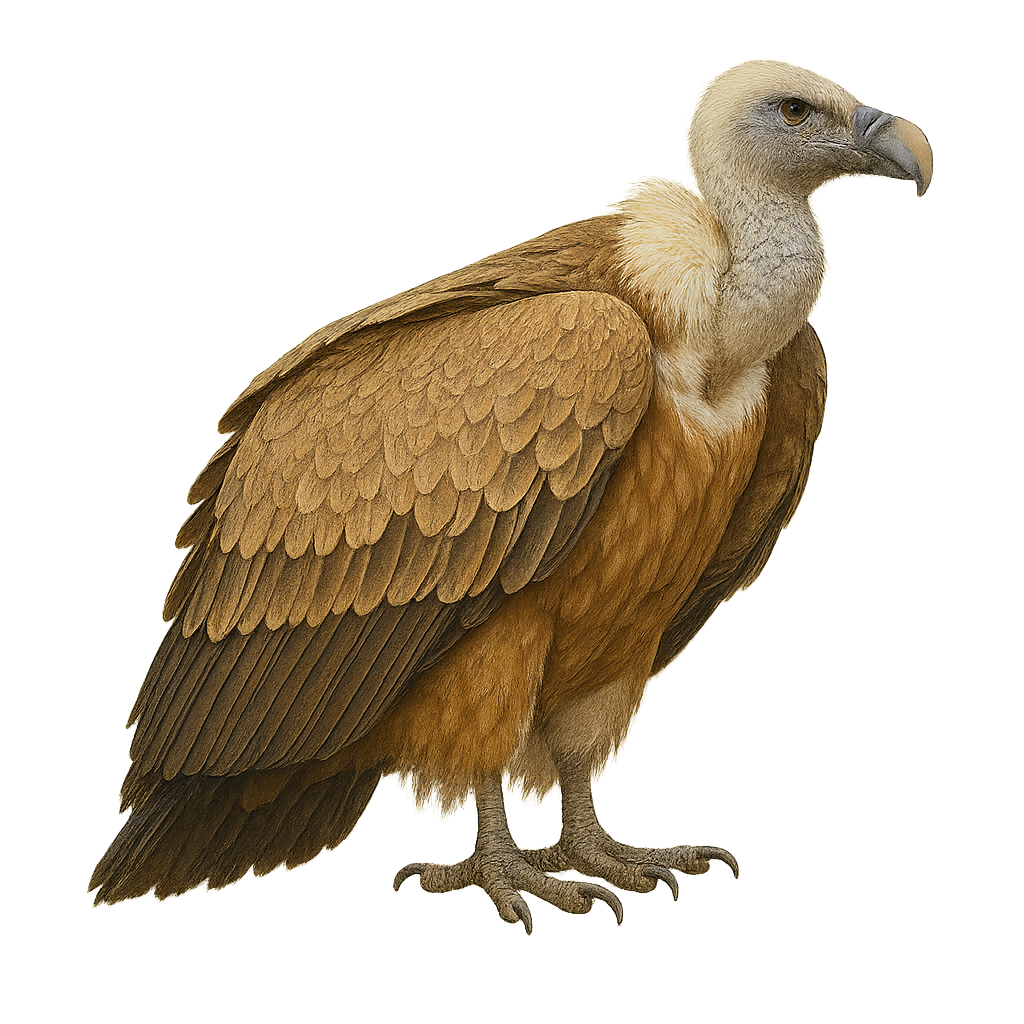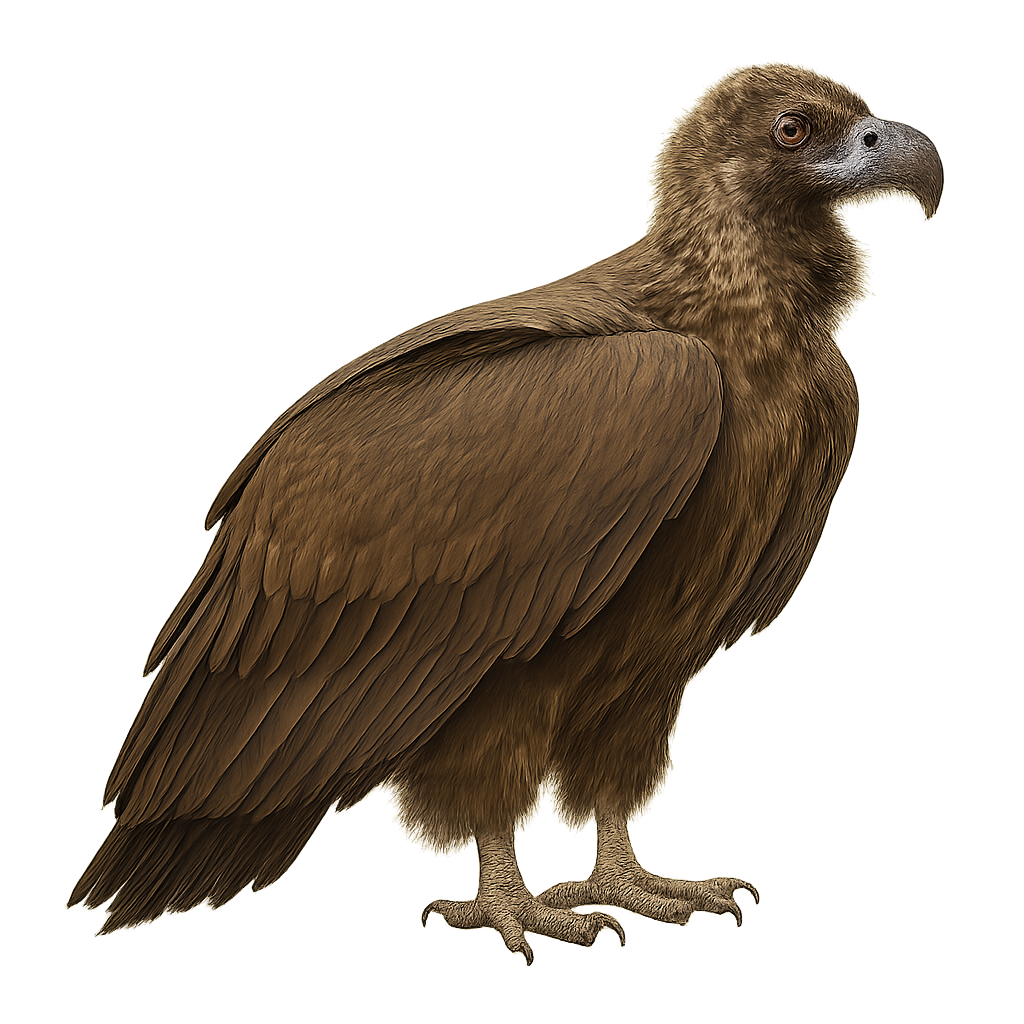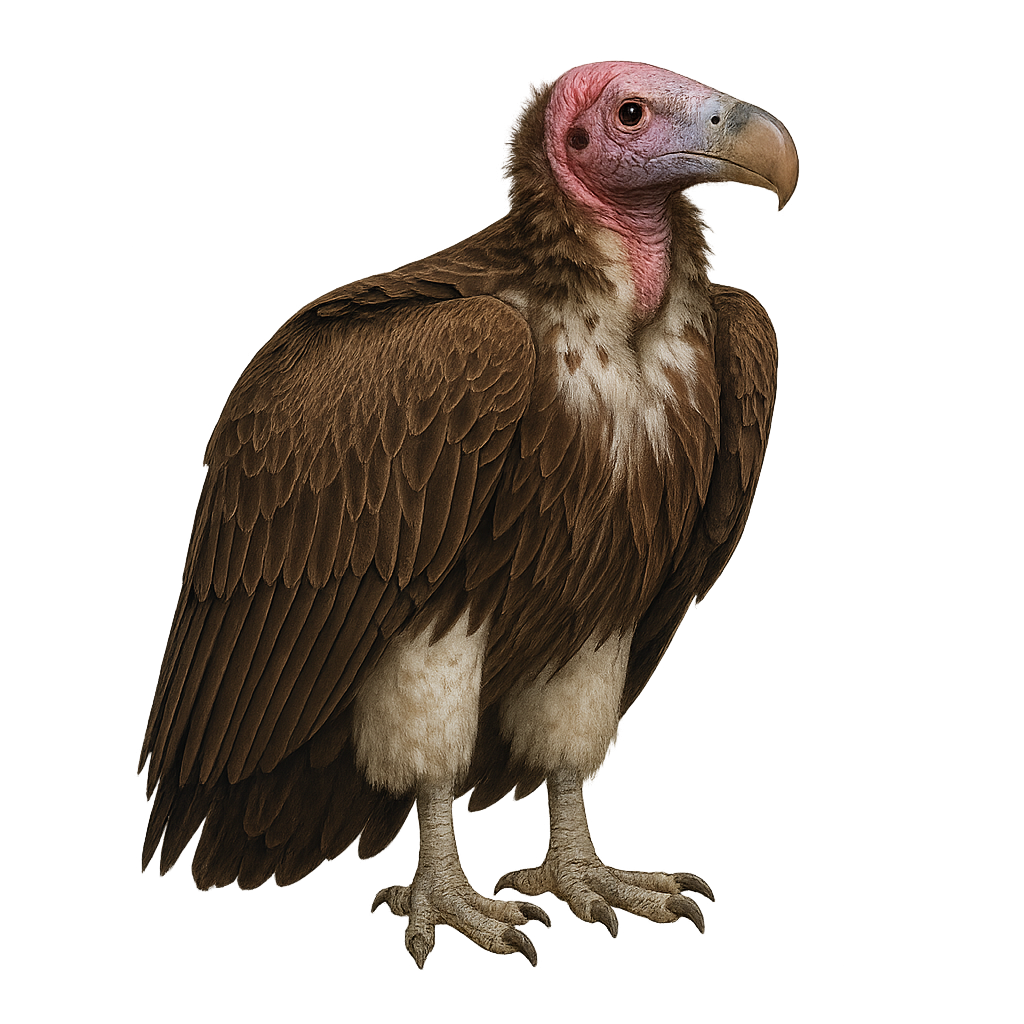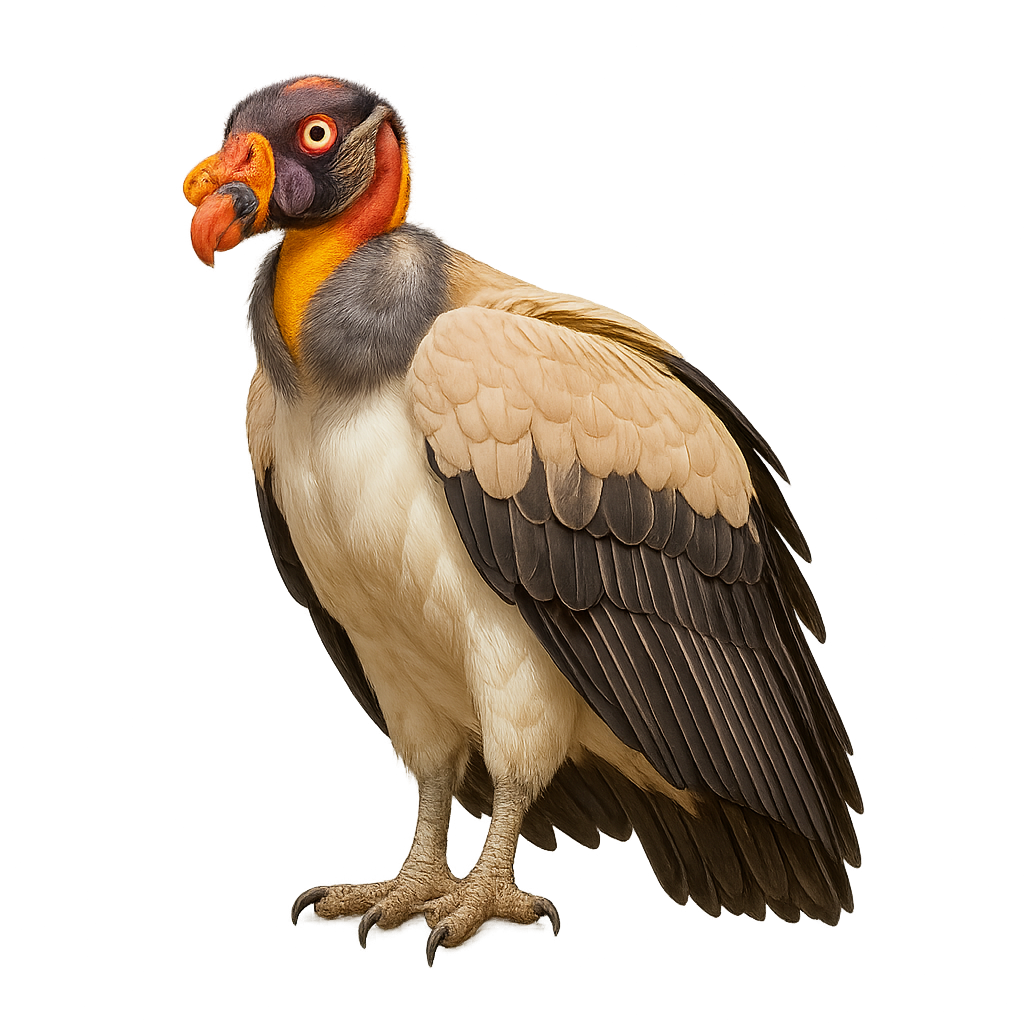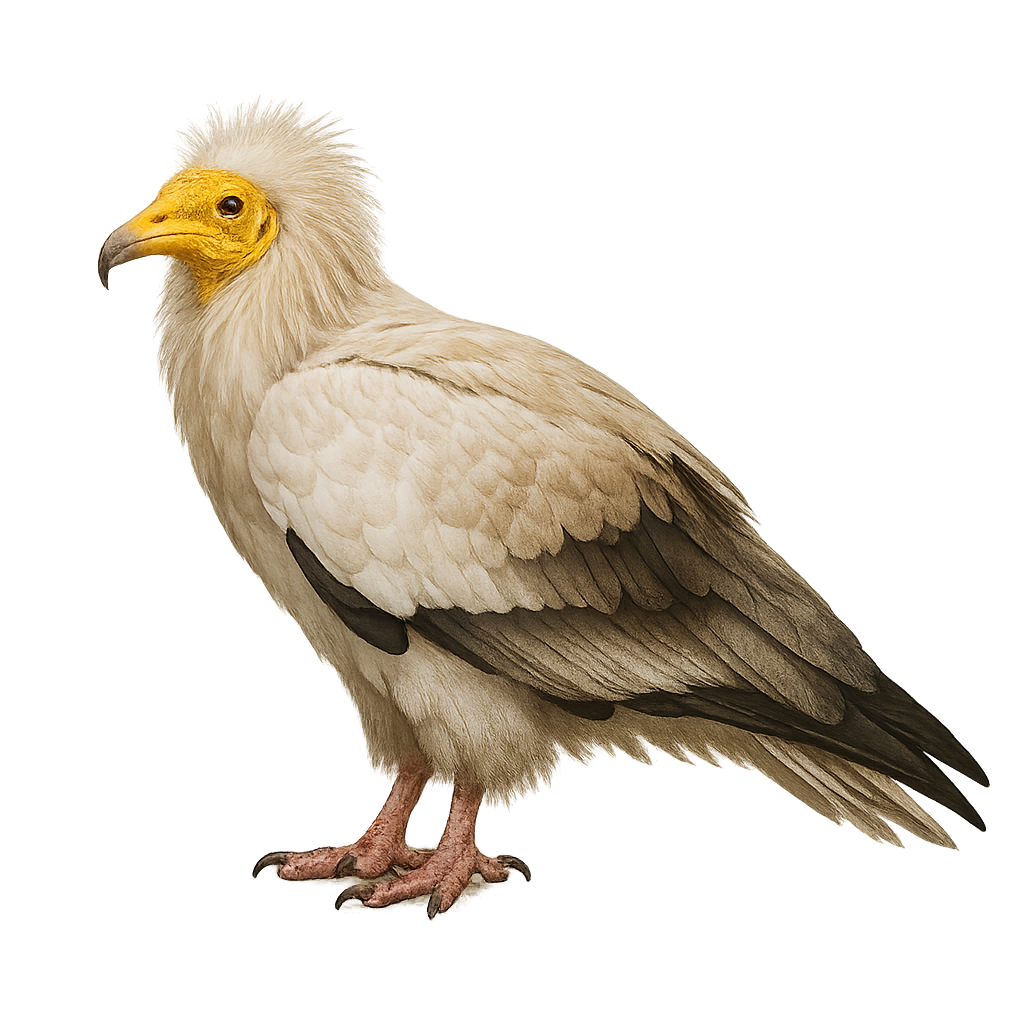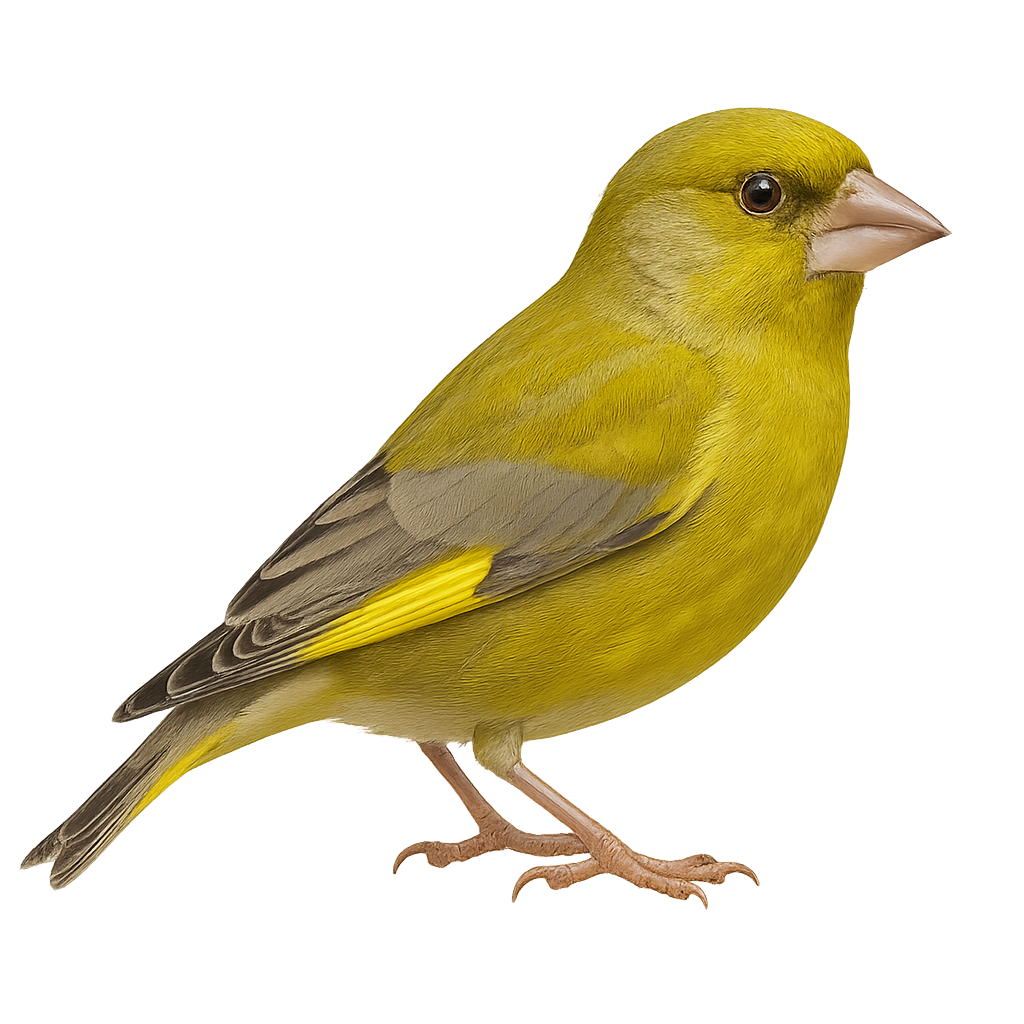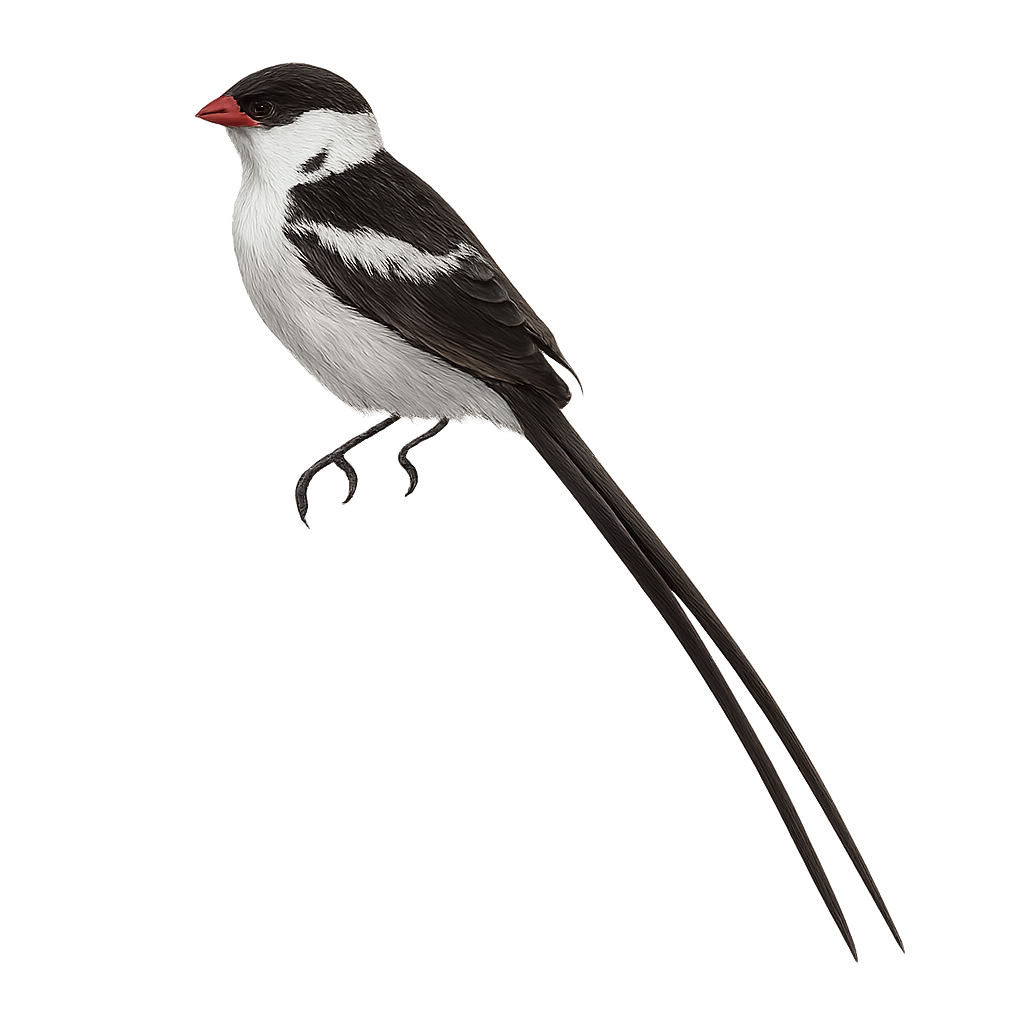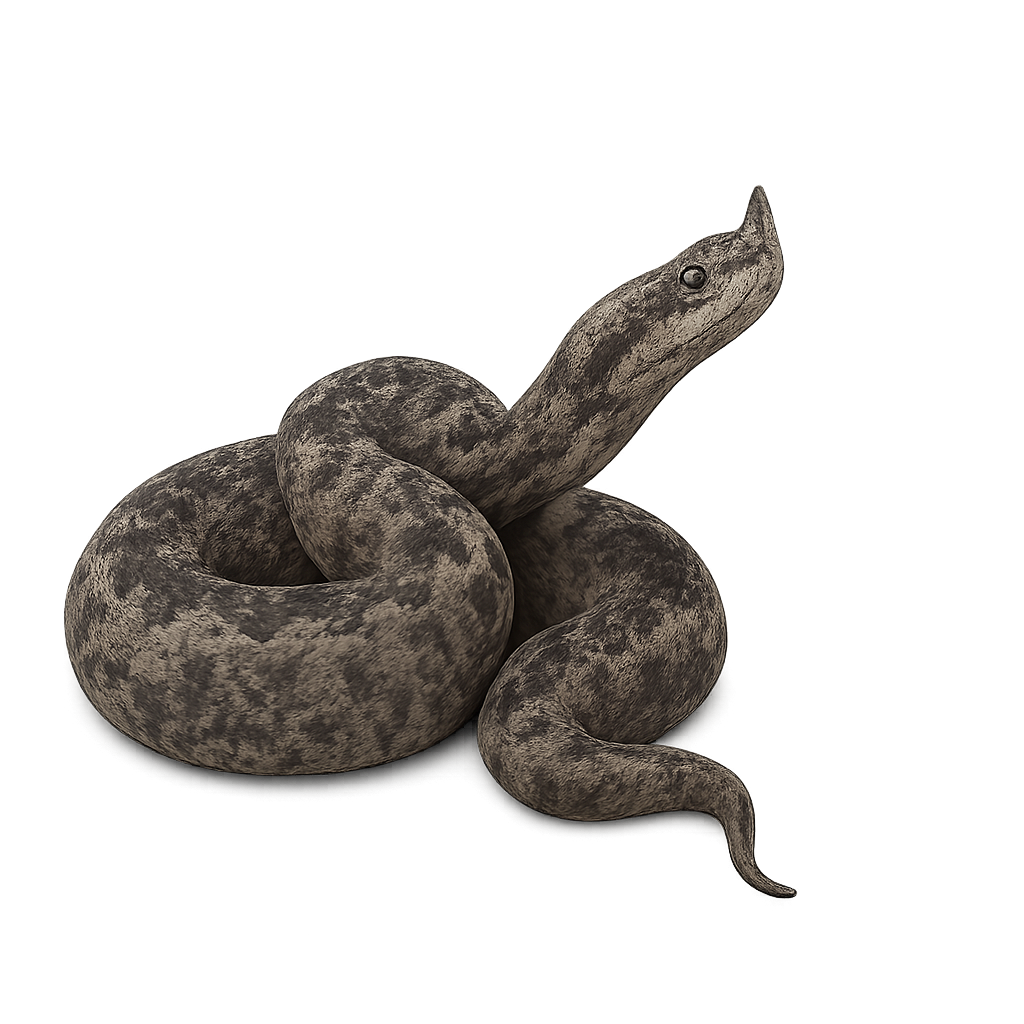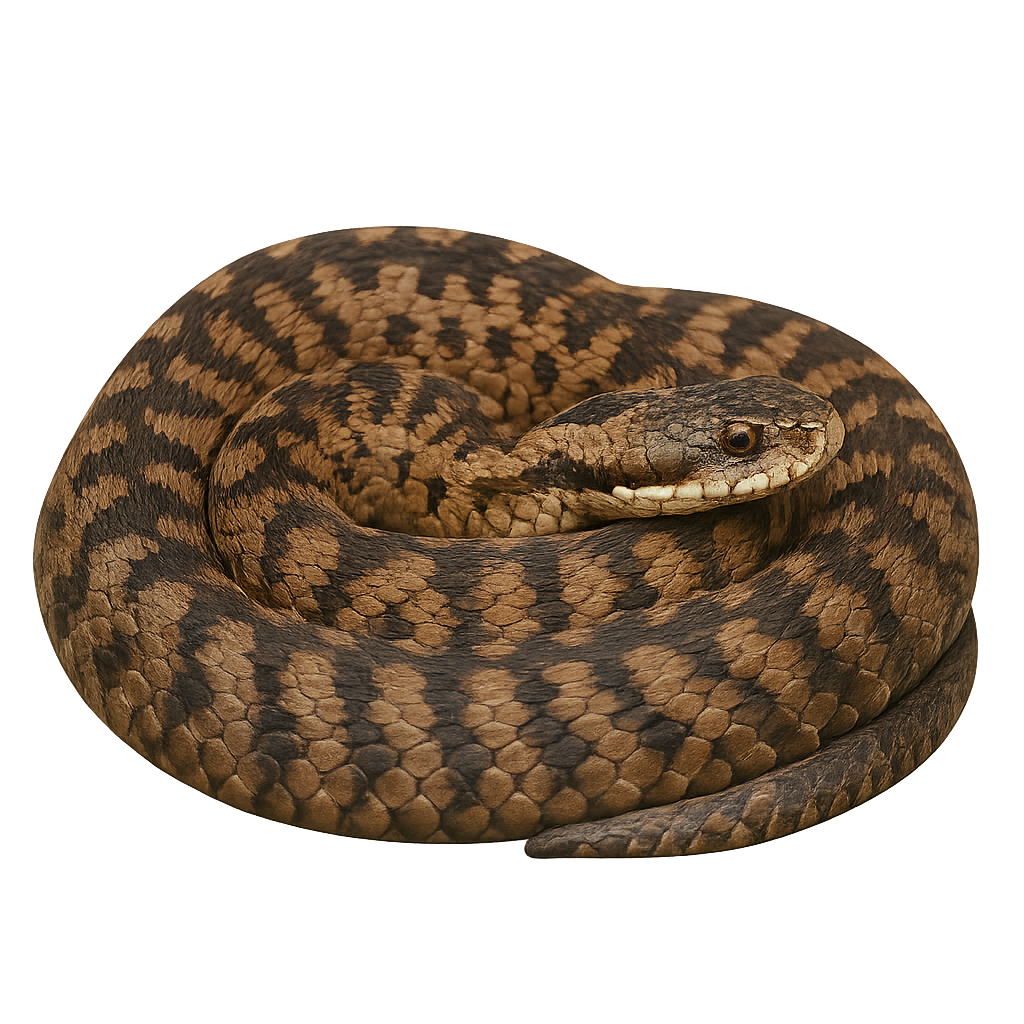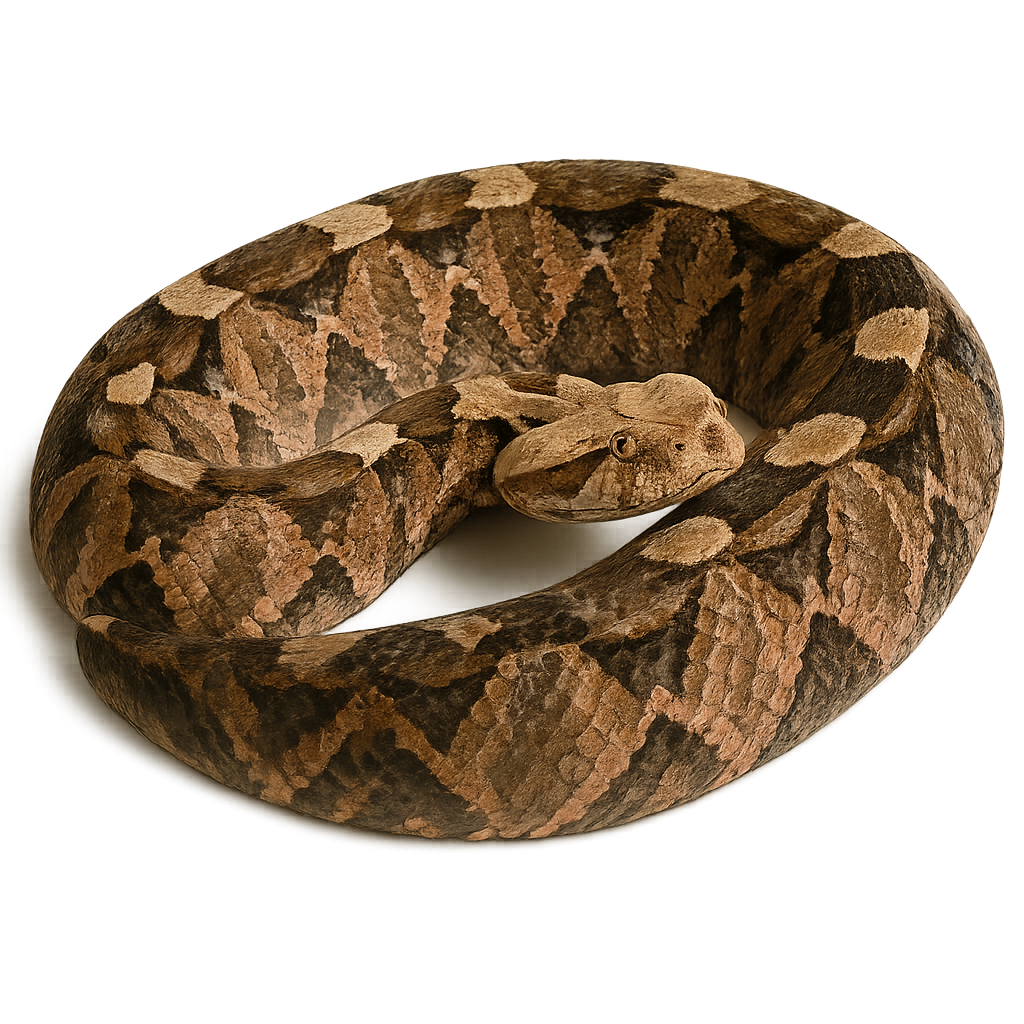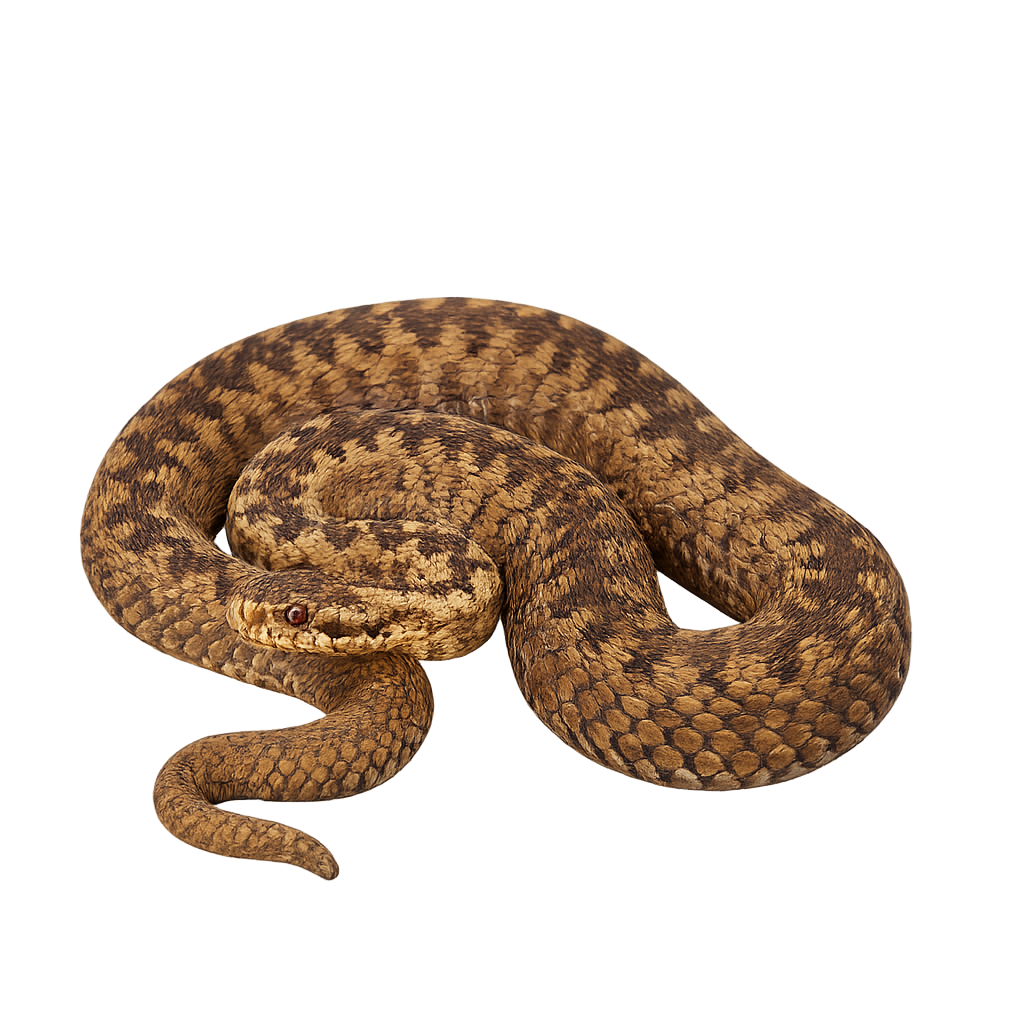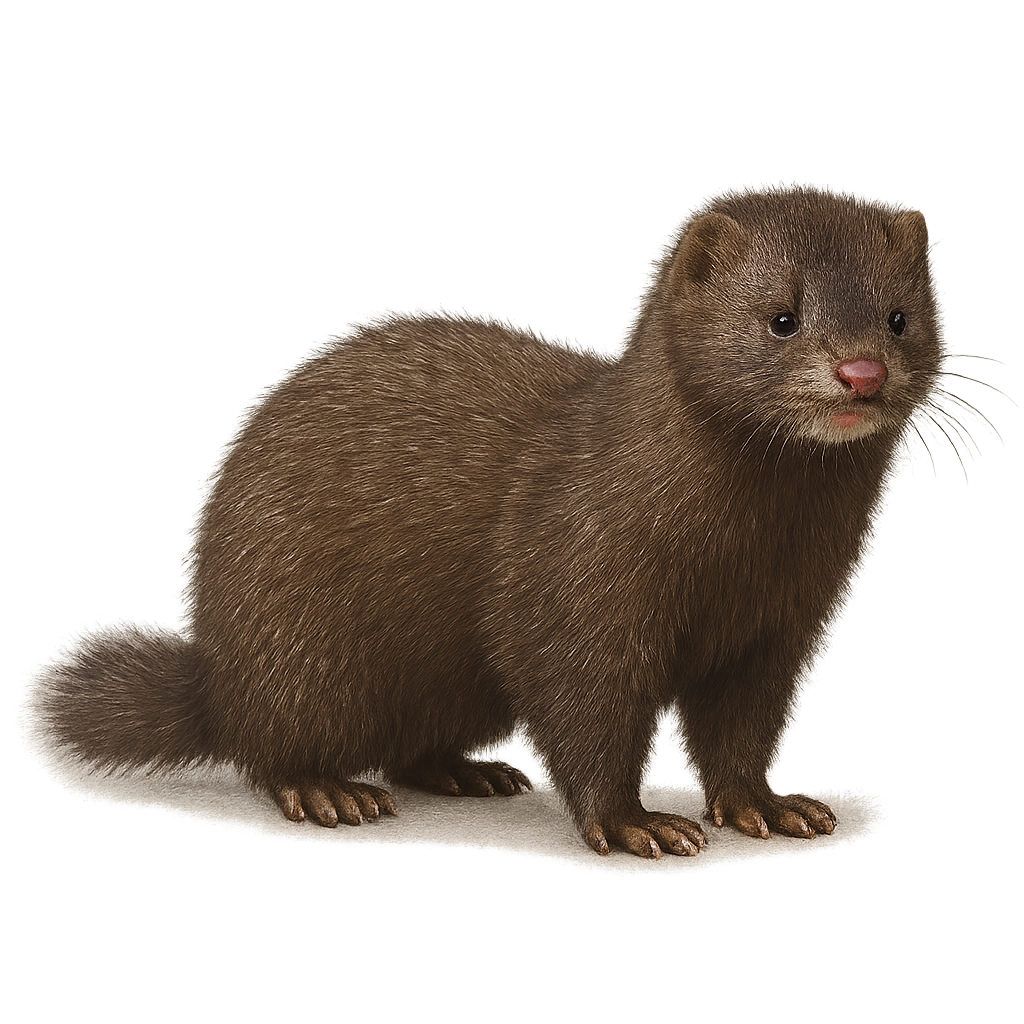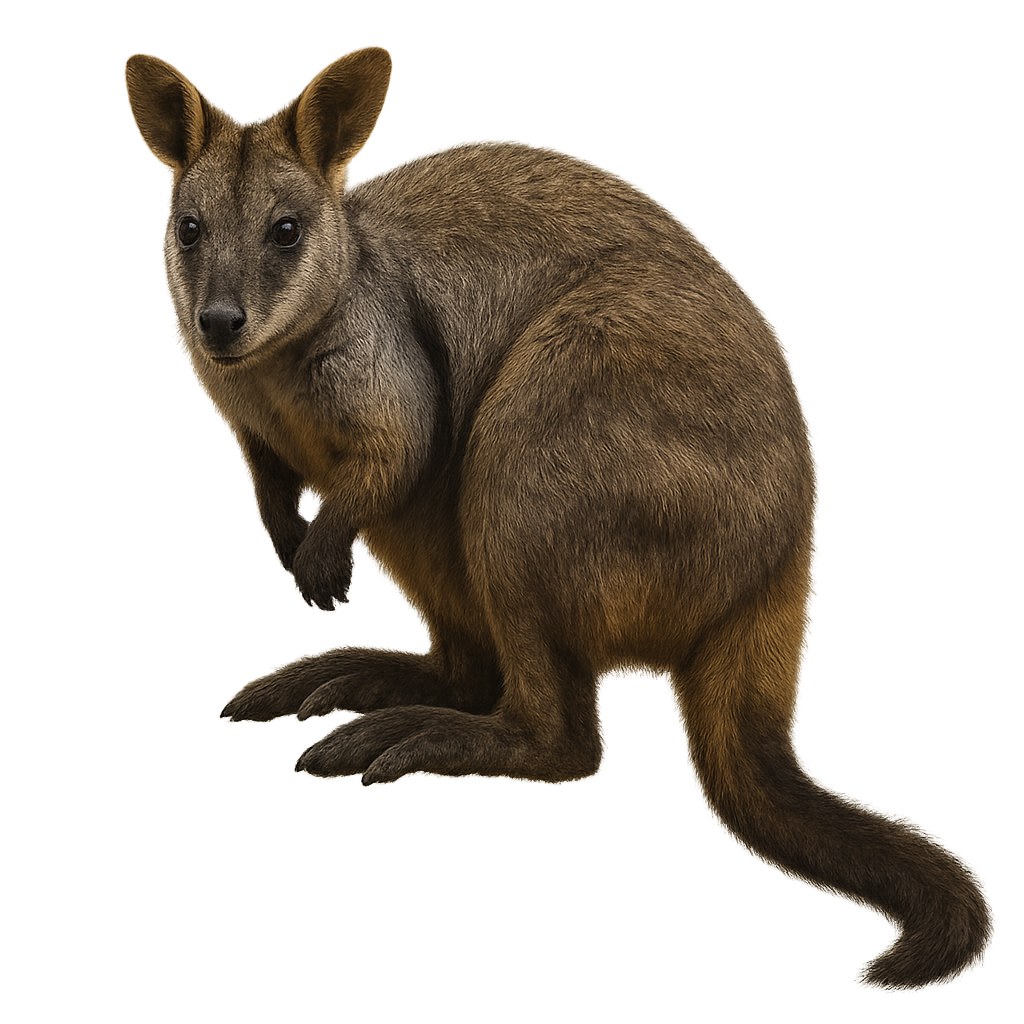The Notophthalmus viridescens, commonly known as the Eastern newt, is a small amphibian native to North America. It is characterized by its smooth, moist skin, typically green with distinctive red spots along its back. The Eastern newt undergoes several life stages, including an aquatic larval stage, a terrestrial juvenile stage known as the "eft," and an aquatic adult stage. These newts prefer aquatic habitats such as ponds, marshes, and streams but can also be found in moist forests during their terrestrial phase. They primarily feed on aquatic invertebrates and play a crucial role in the ecosystem by controlling insect populations.
Wren
Troglodytes troglodytes
The wren is a small, highly active songbird found mainly in forests, gardens, and hedgerows across Europe and Asia. It is easily recognized by its small size, brownish-red plumage, and its often-raised tail in the shape of a 'V'. This passerine is highly territorial and primarily feeds on insects and small invertebrates. Although it is fairly discreet, its powerful song is one of the most remarkable among small birds.
The Black-headed Trogon is a colorful bird found primarily in the tropical and subtropical forests of Central and South America, notably in Mexico, Honduras, Costa Rica, and Panama. It typically measures about 25 to 30 cm in length and weighs between 90 and 120 g. Its plumage is especially vibrant, with a black head contrasting with a brightly colored body, primarily green and red. The Black-headed Trogon primarily feeds on fruits, berries, and small insects. It is often observed in dense forests, where it enjoys perching on tree branches. While its population remains relatively stable, it is sometimes threatened by deforestation and the loss of its natural habitat.
The Baird's Trogon is a fascinating bird, endemic to the humid tropical forests of Central America, particularly in Costa Rica and Panama. This trogon is distinguished by its striking plumage, with a metallic green back, bright red chest, and white belly. It is often observed silently perched in the canopy, feeding mainly on insects and fruits. Although discreet, its melodious song echoes through the forest, signaling its presence. Unfortunately, deforestation threatens its habitat, making it vulnerable. Conservation efforts are crucial to ensure its survival. This bird is a symbol of the biodiversity of tropical forests and an indicator of the health of these ecosystems.
The Massena's Trogon is a colorful bird found primarily in the humid tropical forests and wooded areas of Central America, particularly in Costa Rica, Panama, and Nicaragua. It typically measures about 26 to 30 cm in length and weighs between 90 and 120 g. Its plumage is vibrantly colored, with a green and red body, a yellow chest, and a black head, giving it a distinct appearance. The Massena's Trogon primarily feeds on fruits, berries, and small insects that it finds in the trees. It is often observed perched on branches, where it moves calmly and discreetly. While its population remains stable in some areas, it is sometimes threatened by deforestation and the loss of its natural habitat.
The Sphenodon punctatus, commonly known as the tuatara, is a reptile endemic to New Zealand. Often considered a living fossil, it belongs to an order of reptiles that thrived around 200 million years ago. The tuatara is nocturnal, primarily active at night, and feeds on insects, spiders, small birds, and eggs. It is recognizable by its spiny crest along the back, more pronounced in males. Tuataras have an exceptional lifespan, with some living over 100 years. They are oviparous, and females lay eggs that take between 12 and 15 months to hatch. Although protected, tuataras are threatened by habitat loss and introduced predators.
The Myiozetetes similis, commonly known as the Social Flycatcher, is a medium-sized bird with bright yellow underparts and a grayish-brown back. Its head features a distinctive black crown with a white stripe above the eyes. This bird is often found in open areas, near water bodies, or forest edges. Known for its energetic song, it adapts well to various environments, including urban areas. The Social Flycatcher primarily feeds on insects caught in flight but also consumes fruits. It is often seen in pairs or small groups, displaying marked territorial behavior.
The Turkey Vulture, or Cathartes aura, is a large scavenging bird of prey native to the Americas, easily identified by its red, featherless head and dark brown plumage. It plays a vital role in the ecosystem by consuming carrion, thus helping to prevent the spread of disease. With an excellent sense of smell, it can detect gases emitted by decaying carcasses. In flight, it is often seen soaring with its wings in a V-shape, using thermal updrafts to conserve energy. Although typically solitary, it can gather in large groups to feed. Its ability to adapt to various habitats, from forests to deserts, makes it a resilient and widespread bird.
The Northern Lapwing is a medium-sized bird found primarily in grasslands, fields, and wetlands across Europe, Western Asia, and the Middle East. It typically measures about 28 to 32 cm in length and weighs between 150 and 200 g. Its plumage is primarily black and white, with a distinctive crest on its head and a white belly. The Northern Lapwing is a ground-dwelling bird that primarily feeds on insects, worms, and other small invertebrates found in the soil. It is also known for its ground nesting behaviors, often in colonies. While its population remains stable in some areas, the Northern Lapwing is threatened by habitat loss due to intensive agriculture and land degradation.
The Southern Lapwing, or Vanellus chilensis, is a striking bird from the Charadriidae family, easily identified by its grey and white plumage, black wings, and distinctive call. It is commonly found in open grasslands, wetlands, and agricultural fields across South America. This bird is notably territorial, often defending its space against intruders, including humans. It primarily feeds on insects, worms, and small invertebrates by pecking at the ground. The Southern Lapwing is also known for its distraction displays, feigning injury to lure predators away from its nest.
The vaquita is a small porpoise (1.3–1.5 m, 40–60 kg) endemic to the Upper Gulf of California, with pale grey-blue skin and rounded head. Critically endangered, it uses echolocation to hunt fish and shrimp in turbid, shallow waters (<30 m). Fewer than 10 remain due to bycatch in gillnets and illegal fishing.
The Nile Monitor is a large reptile species native to Africa, particularly found in sub-Saharan regions. It is easily recognized by its impressive size, long and powerful body, and smooth scales. This monitor is semi-aquatic and is commonly found near rivers, lakes, and swamps, where it feeds on fish, amphibians, birds, and even small mammals. Highly agile, it is also capable of swimming and climbing with ease. The Nile Monitor is known for its territorial nature and sometimes aggressive behaviors, especially during the breeding season.
The Coracopsis vasa, commonly known as the Vasa Parrot, is a parrot endemic to Madagascar. It is notable for its blackish plumage, which turns brownish during the breeding season. This medium-sized parrot, measuring about 50 cm, has a strong beak and a relatively long tail. Its call is harsh and distinctive, often heard in the dry and humid forests of the island. The Vasa is a social bird, frequently observed in noisy groups. It primarily feeds on seeds, fruits, and flowers. Its ability to adapt to various habitats, from forests to savannas, makes it a resilient species. However, deforestation and capture for the pet trade threaten its population.
The Rüppell's vulture is a large carrion-feeding raptor, 85–95 cm tall with a wingspan of 230–265 cm, featuring dark brown plumage and a pale bare head. It inhabits mountain cliffs and savannas of East and Central Africa, feeding mainly on large mammal carcasses. During breeding, it nests in dense colonies on cliff ledges, and pairs sometimes perform group display flights above their nests.
The Griffon Vulture is a large bird of prey found primarily in the mountains, hills, and rocky areas of Europe, Asia, and North Africa. It typically measures between 93 and 110 cm in length, with a wingspan of 2.5 to 2.8 meters, and weighs between 6 and 12 kg. Its plumage is mainly light brown, with white feathers around its neck and head, and a large area of bare skin on the neck. The Griffon Vulture is a scavenger, primarily feeding on animal carcasses. It plays a crucial role in the ecosystem by cleaning up carcasses and preventing the spread of diseases. While its population has declined in some regions, the Griffon Vulture benefits from conservation programs, but it remains threatened by habitat loss, illegal hunting, and poisoning.
The Monk Vulture is a large bird of prey found primarily in the mountains of Eastern Europe, Asia Minor, and Central Asia, with populations in Spain, Bulgaria, and Greece. It typically measures between 80 and 100 cm in length, with a wingspan of 2.3 to 2.8 meters, and weighs between 7 and 12 kg. Its plumage is mainly dark brown, with a bare head, distinguishing it from other vultures. The Monk Vulture is a scavenger, primarily feeding on animal carcasses, and plays a crucial ecological role in helping to remove carcasses and prevent the spread of diseases. While it is protected in many regions, it remains threatened by habitat loss, poaching, and poisoning.
The Lappet-faced Vulture, Torgos tracheliotos, is a large scavenging bird native to Africa, easily identifiable by its bare head and distinctive skin folds around the neck. With a wingspan reaching up to 2.9 meters, it is one of the largest African vultures. Its plumage is primarily dark brown, contrasting with its pale pink head. It plays a crucial role in the ecosystem by cleaning up carcasses, which helps prevent the spread of diseases. This vulture prefers open savannas, semi-deserts, and arid regions, where it can easily spot its prey. Unfortunately, it is threatened by habitat loss, poisoning, and illegal hunting.
The King vulture is a large raptor from the Cathartidae family, recognizable by its bare red head and dark plumage. This vulture, which inhabits mainly the forests and savannas of Central and South America, primarily feeds on carrion, which it finds thanks to its excellent sense of sight and smell. It plays an essential ecological role in cleaning ecosystems. Despite its imposing size, it is often seen flying alone or in small groups. While protected, it is threatened by habitat loss and poisons used in certain hunting practices.
The Egyptian Vulture, or Neophron percnopterus, is a small vulture from the Accipitridae family. It is easily recognizable by its white plumage contrasted with black flight feathers and its bare yellow face. This scavenging raptor is often seen soaring in search of carcasses. It sometimes uses tools, like stones, to break ostrich eggs, showcasing its intelligence. It frequents open habitats such as steppes, deserts, and mountains, often nesting on cliffs. Although it is a migratory bird, some populations are sedentary. Unfortunately, this vulture is threatened by habitat loss and accidental poisoning.
The Eurasian greenfinch is a small passerine bird found primarily in gardens, hedgerows, and open woodlands across Europe, Asia, and North Africa. It is distinguished by its bright green and yellow plumage, as well as its distinctive song. This small bird primarily feeds on seeds, which it finds in grasses, bushes, or on the ground. It is also known for its ability to emit powerful and clear sounds, often heard during its breeding season.
The Pin-tailed Whydah, Vidua macroura, is a bird from the Viduidae family, recognizable by the male's long, slender tail. Native to sub-Saharan Africa, it is often found in savannas, grasslands, and agricultural areas. The male displays distinctive black and white plumage, while the female is more subdued with brownish tones. This bird is a brood parasite, laying its eggs in the nests of other species, primarily waxbills. The Pin-tailed Whydah is known for its spectacular courtship displays, where the male showcases his tail to attract females. Although not very shy, it remains cautious around humans.
The Vicuna is a wild camelid native to the high plateaus of the Andes in South America. This small animal with silky, lightweight fur is closely related to the llama and alpaca, but unlike these, the vicuna is a wild animal. It lives in the mountainous regions of Argentina, Chile, Bolivia, and Peru, at high altitudes, often above 3,000 meters. The vicuna primarily feeds on herbaceous vegetation, especially alpine grasses. Its wool, soft and fine, is highly sought after, but it is protected by strict regulations. It is a timid animal, living in small groups and often moving over great distances in search of food.
The horned viper, scientifically known as Vipera ammodytes, is a venomous snake found primarily in the Balkans and parts of Southeast Europe. It is distinguished by its triangular head and the unique horn-like structure on its snout. Its coloration ranges from gray to brown, with zigzag patterns along its back, providing excellent camouflage in its natural rocky and dry habitats. This species is typically found at altitudes from 0 to 2000 meters. Although its venom can be dangerous to humans, bites are rare and usually occur only when the snake feels threatened.
The Asp Viper is a venomous snake species found primarily in rocky areas, meadows, and forests of Southern Europe, notably in France, Spain, Italy, and Switzerland. It typically measures between 60 and 80 cm in length, although some individuals can reach up to 1 meter. Its color ranges from gray to brown, with a zigzag pattern on its back and a distinct triangular head. The Asp Viper primarily feeds on small mammals, lizards, and birds. While venomous, its poison is generally harmless to humans, though bites do require medical attention. It is a protected species in many regions but is threatened by habitat loss and human persecution.
The Gaboon viper, Bitis gabonica, is a venomous snake known for its impressive size and striking appearance. It can grow up to two meters long and is renowned for its intricate color patterns that allow it to blend seamlessly into the leaf litter of its forest habitat. Its fangs are among the longest of any venomous snake, and its venom can be deadly to humans. Primarily nocturnal, it preys on small mammals, birds, and occasionally reptiles. Although feared, it is generally not aggressive and prefers to avoid confrontation. Its presence is an indicator of healthy African forest ecosystems.
The Common European Adder is a medium-sized venomous snake, typically measuring between 60 and 90 cm in length. It exhibits variable coloration, ranging from brown to gray, with a darker zigzag dorsal stripe. Melanistic individuals are entirely black. This species is widely distributed across Europe and Asia, from the United Kingdom to the Pacific coast of Russia, and up to the Arctic Circle. It inhabits various environments, including forests, heathlands, meadows, and wetlands. The adder is diurnal and feeds primarily on small mammals, amphibians, lizards, and birds. It is ovoviviparous, giving birth to 3 to 20 live young in late summer or early autumn. Although its venom can be dangerous, bites are rare and seldom fatal. Listed as Least Concern by the IUCN, it is protected in several European countries.
The American mink, Neovison vison, is a small carnivorous mammal belonging to the Mustelidae family. Native to North America, it has been introduced to various parts of the world for the fur industry. This mustelid is recognizable by its dense, glossy fur, typically dark brown, and its slender silhouette. It measures between 30 and 45 cm, excluding its tail, which can reach 25 cm. The mink is an excellent swimmer and is often found near water bodies like rivers, lakes, and marshes. It primarily feeds on fish, small mammals, birds, and amphibians. Although solitary and territorial, it may occasionally share its territory with other minks.
The European Mink is a small carnivorous mammal primarily found in wetlands, rivers, and marshes of Eastern Europe, notably in Russia, Ukraine, Poland, and Hungary. It typically measures between 45 and 55 cm in length, with a tail of about 15 to 20 cm, and weighs between 700 g and 1 kg. Its fur is generally dark brown on the back and lighter on the belly, with a distinctive black band running across its face. The European Mink is an excellent swimmer and fisher, primarily feeding on fish, crustaceans, and small mammals. Unfortunately, it is critically endangered due to habitat loss, water pollution, and competition with the American Mink, an invasive species. Its population has significantly declined, and it is now classified as an endangered species.
The Common Wombat is a terrestrial marsupial found primarily in Australia, notably in temperate forests and grasslands. It typically measures between 1 and 1.2 meters in length and weighs between 20 and 35 kg. Its fur is generally thick, ranging from brown to gray, and it has a broad head and a short tail. The Common Wombat is herbivorous, feeding primarily on roots, bark, and herbaceous plants. It is nocturnal and spends most of the day in burrows that it digs itself. While its population remains relatively stable, it is sometimes threatened by habitat loss due to urbanization and changes in agriculture.
The Petrogale penicillata, commonly known as the brush-tailed rock-wallaby, is a medium-sized marsupial distinguished by its long, bushy tail resembling a brush. Native to Australia, it primarily inhabits rocky and rugged regions where it can move with agility thanks to its powerful legs and sharp claws. Its fur is generally gray-brown with lighter shades on the belly, allowing it to blend into its surroundings. This wallaby is mainly nocturnal, resting in crevices during the day. Unfortunately, it is threatened by habitat loss and predation by introduced species.


